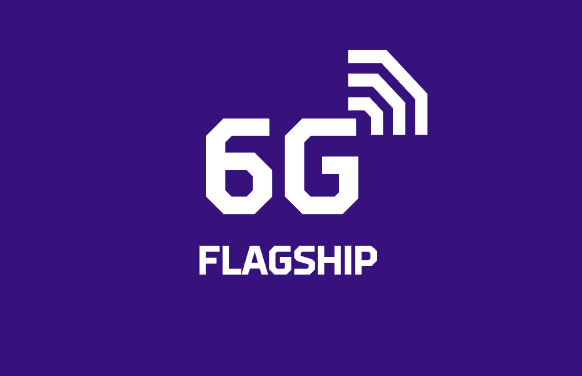The 6G Flagship initiative was launched in 2018
Finland’s 6G Flagship announced that Horizon Europe, the EU’s most significant investment initiative in European research and innovation, approved twelve new project proposals.
According to 6G Flagship, these twelve new projects include Terahertz (THz) integrated systems enabling 6G Terabit-per-second ultra-massive MIMO wireless networks, light-based energy harvesting and THz Reconfigurable Intelligent Surface (RIS) assisted ultra-high data rate wireless, among others. Some of these projects are expected to begin next year.
The Oulu University’s 6G Flagship funding for all projects is 9.56 million euros ($9.52 million) over three years. For all partners involved in the 12 projects, the total Horizon funding is 102 million euros.
Horizon Europe seeks to stimulate growth, trade, and investment while having a significant social and environmental impact. The total budget of Horizon Europe is 95.5 billion euros.
“6G Flagship’s mission is industry-driven R&D, so we are delighted that the EU has endorsed this approach. We can now proceed at an even wider front to create a competitive European digital industrial ecosystem and make Europe the global leader in 6G,” said Ari Pouttu, vice director of 6G Flagship.
“Industry transformation and the development of innovative industrial value chains are critical for the competitiveness of Europe, Finland, and businesses. To complement our research efforts, 6G Flagship works closely with industrial partners and the wider ICT community to help ensure that the market hears the results offered by research,” said Matti Latva-aho, director of 6G Flagship.
Finland was one of the first countries to start research on future 6G technologies. The 6G Flagship initiative was launched in 2018.
The initial 6G testbeds are expected to occur by 2026 while the first standards of this technology will be around 2028, Latva-aho previously told RCR Wireless News.
“Now is the time for 6G research, to identify promising technologies and define directions and requirements for future, as it takes several years to identify, to verify and to propose such technologies. The industry has already started collaborating with leading 6G academic research programs. As the next step, we must jointly define the directions both for technology solutions and technical and other requirements for 6G. Hopefully, 6G will not get overhyped as it happened with 3G and 5G in the past,” Larva-aho said.
Commenting on what would be the potential main features of 6G technology and what future use cases will be enabled by this technology, Latva-aho noted that he sees two main directions for 6G. Mobile broadband beyond 5G to enable immersive user experience, and massive machine type connectivity solutions to be available also for consumer markets. “The latter is needed for massive automation of future digital societies also supporting sustainable development. Global connectivity for remote areas has remained unsolved, and it has to be taken into account from a service continuity point of view in addition to sustainable development perspectives. Professional use cases come first, but businesses will scale up only with services and applications offered for consumers. Maybe the entertainment industry will play an important role in the consumer sector. In professional use, critical infrastructures are likely to lead the way,” he said.

